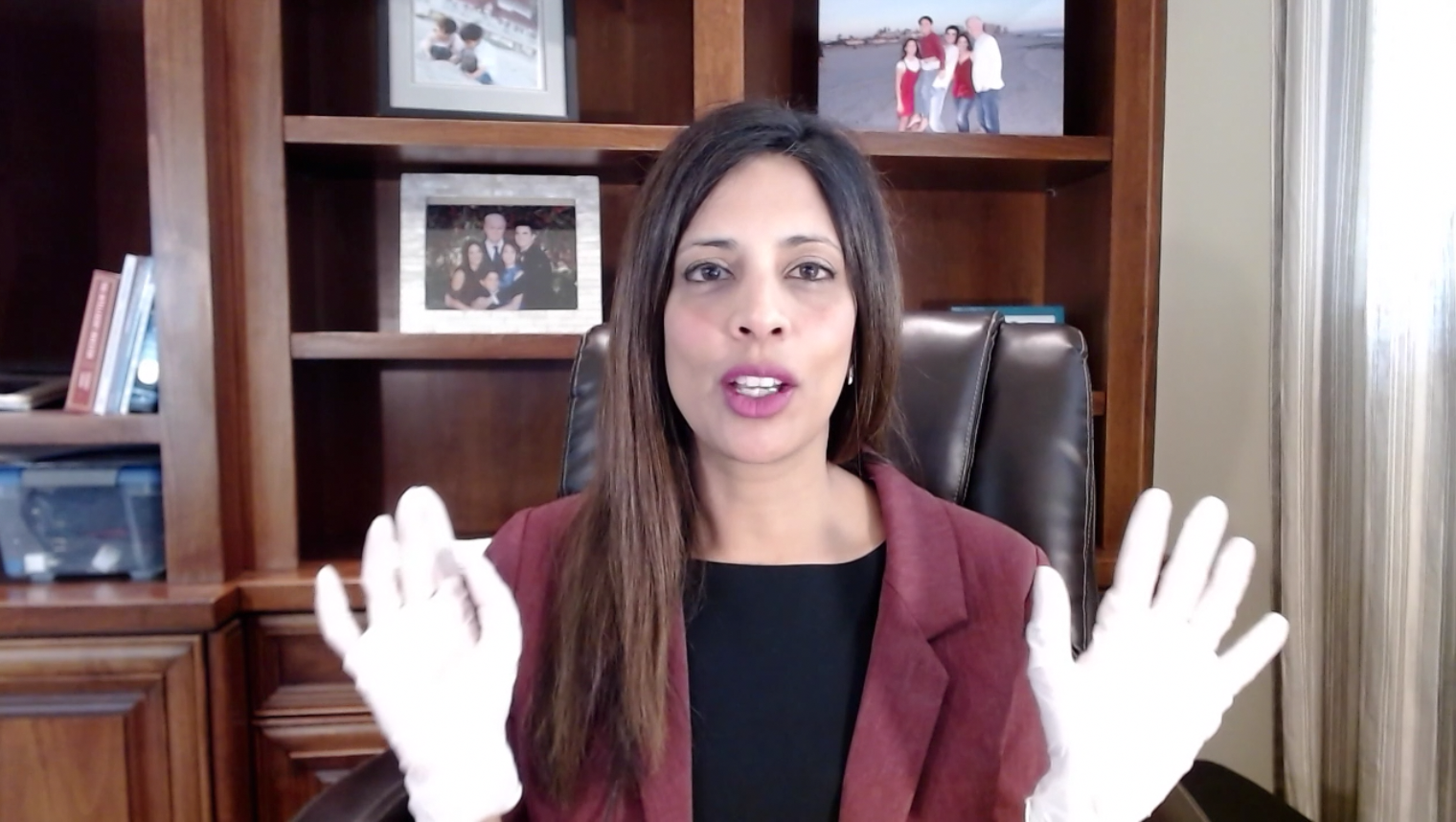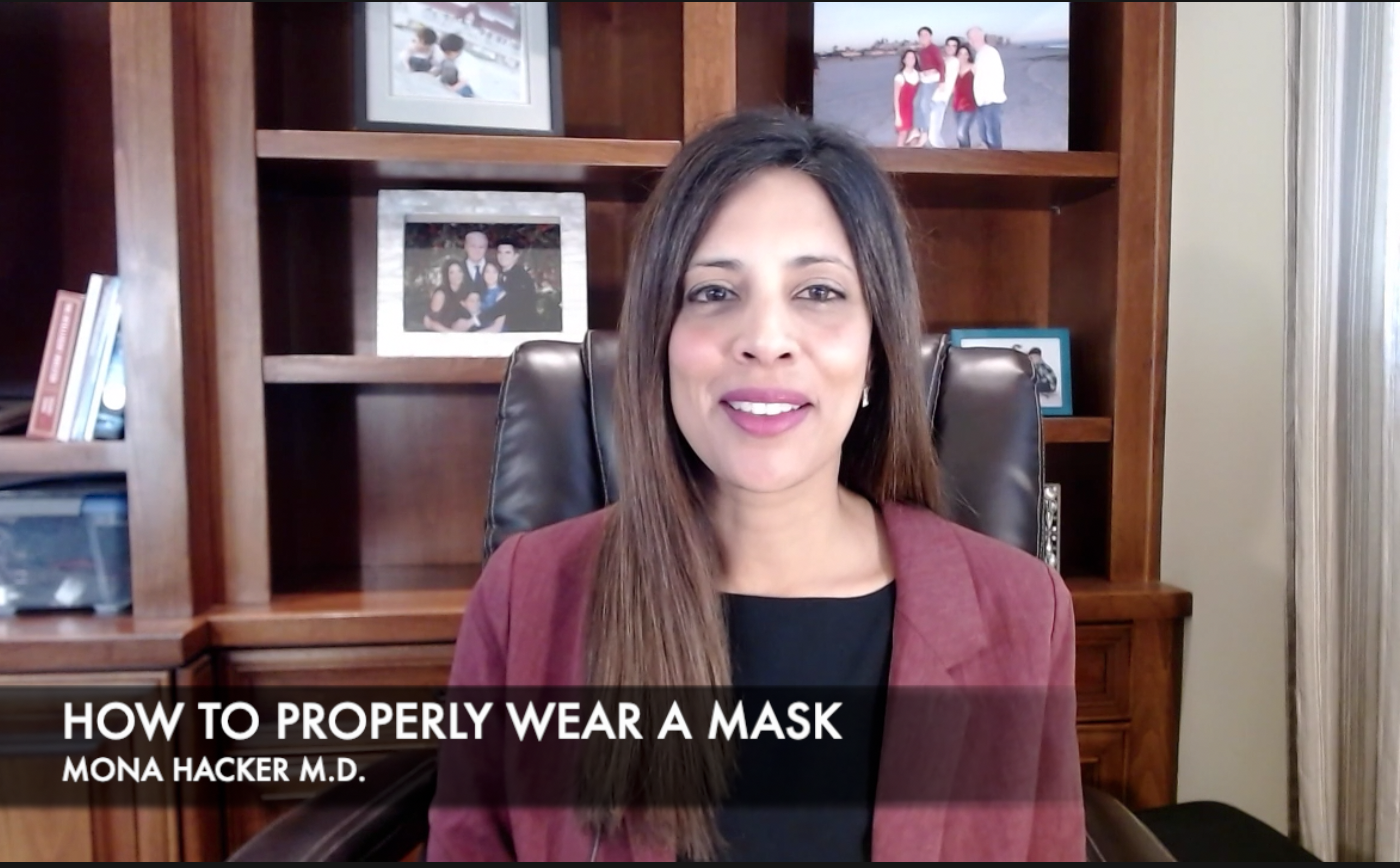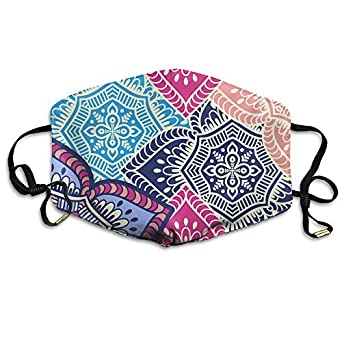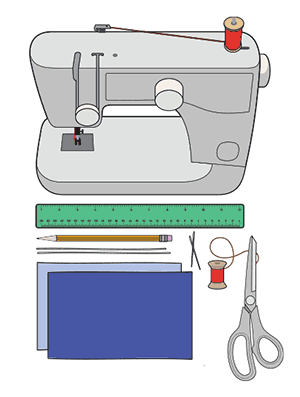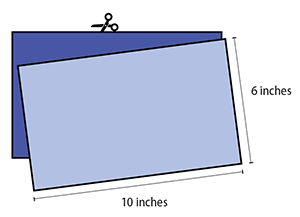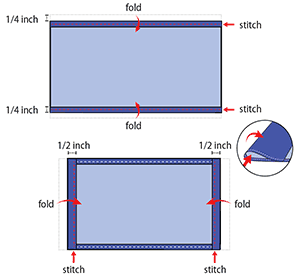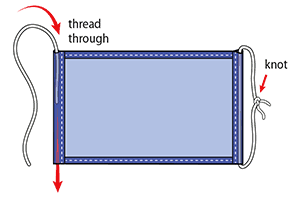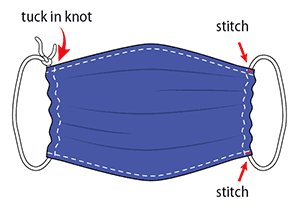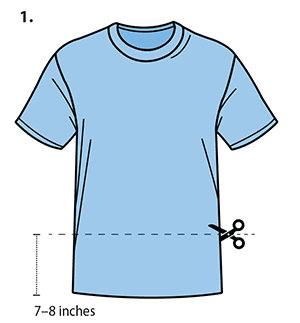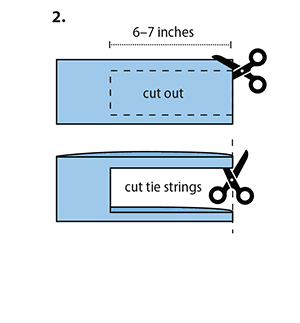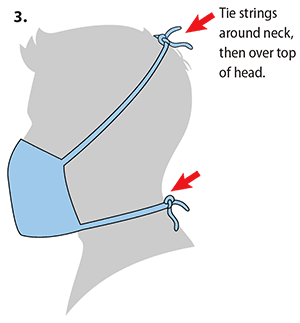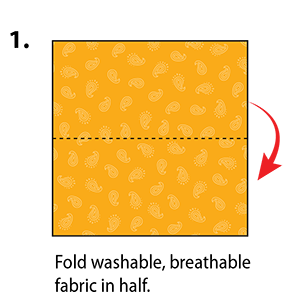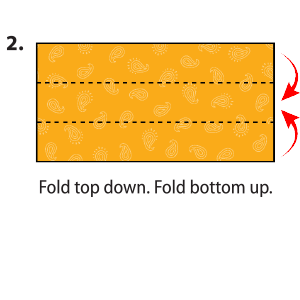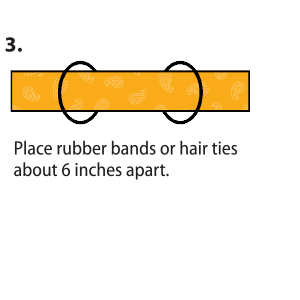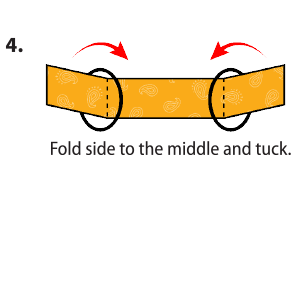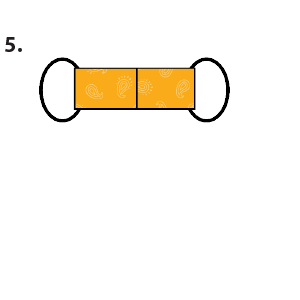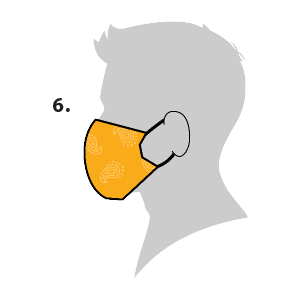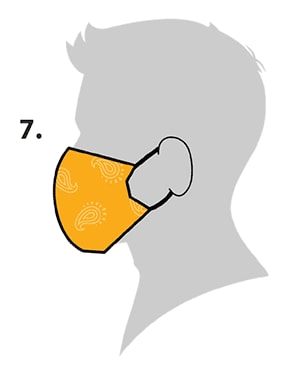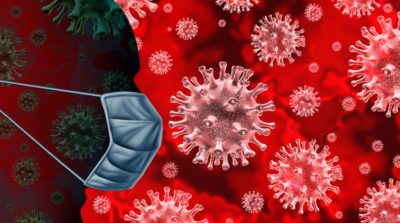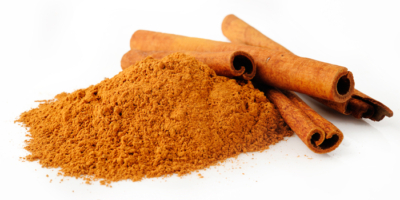Do I need my Second Covid Shot
Here is why you need that second covid shot !
Getting that second covid shot may be more important than you realize. Millions of Americans are not getting their second dose of the Pfizer or Moderna vaccine. Why is this important? it’s important because the new Delta variant is becoming the predominant strain in the United States and we know that it’s way more contagious and we also know from the recent data that the first shot is only about 30% protective against getting sick or hospitalized from the new Delta variant. Here in San Diego, we are doing rather well and close to reaching that herd immunity level. The second shot is up to 90% effective at protecting you from this new variant so if you’re waiting to get your second shot I recommend you go out and get it as soon as possible !
Watch my video below and subscribe to my YouTube channel for all the latest quick facts that you need to know about COVID-19 page.
.
Please let me know if you have more questions for me. I’m happy to answer them. Learn more about me and contact me today !
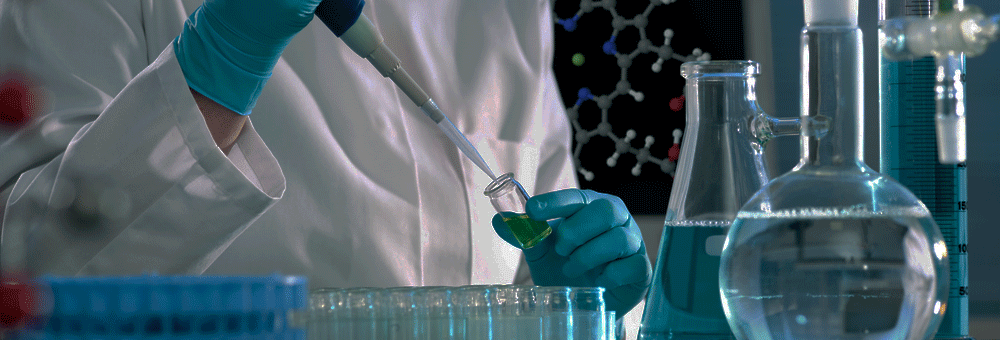

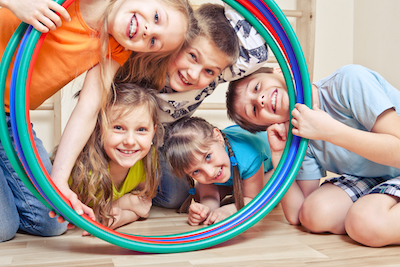 Children presenting with PIMS are usually quite sick.
Children presenting with PIMS are usually quite sick.